
If you're interested in testing small components, you might want to check out this article.
Generally, some optocouplers require testing the consistency of the current transfer ratio, which can be done using a multimeter, but it can be a bit messy and temporary. The next time you need to test, you'd have to do it all over again. If you don't want to use a multimeter and prefer a simpler testing method, why not try this DIY solution? This DIY item doesn't require a multimeter, offers relatively easy testing, and provides decent accuracy.
The circuit is quite simple.
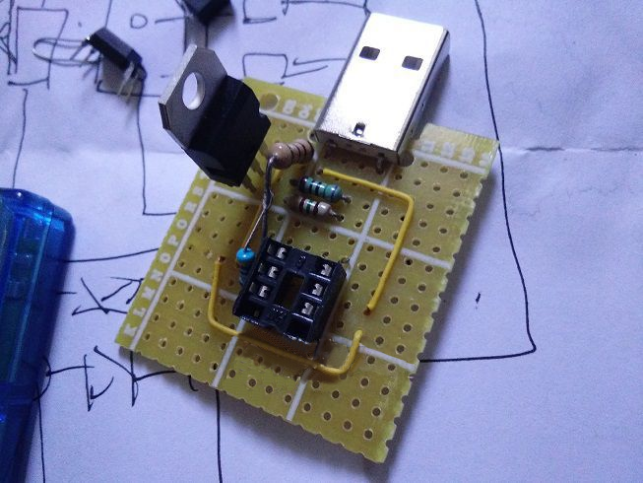
For testing, you'll need a U-meter.
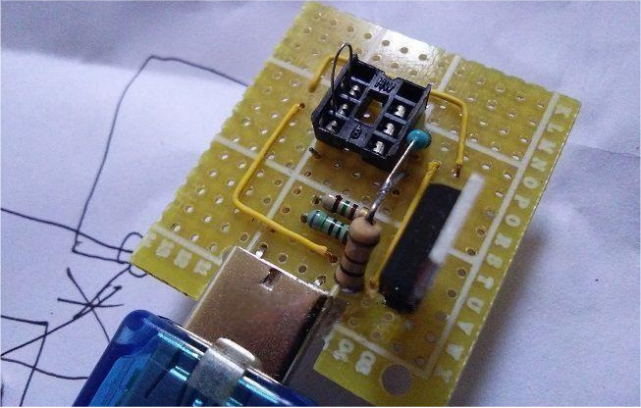
For example, when testing this Sharp optocoupler, the process is as follows:
You just need to plug the component into the U-meter.
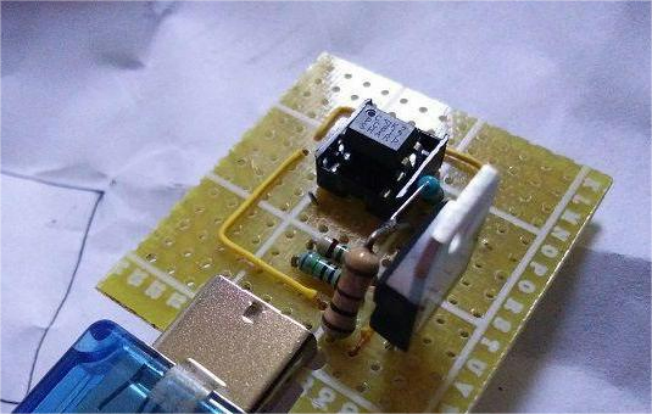
The display shows 34mA. Since the primary current is 10mA, the secondary current is 24mA, making the transfer ratio 2.4, or 240%.
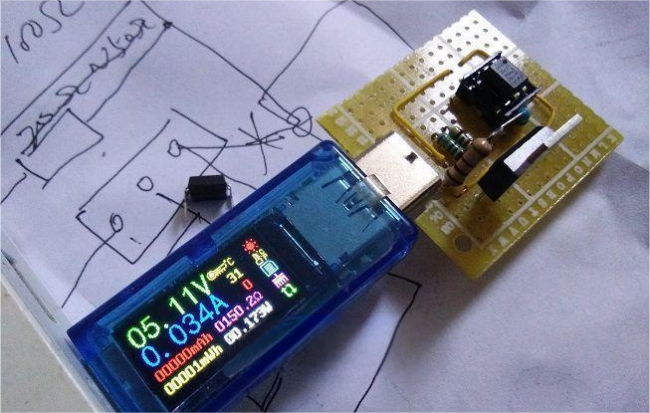
If you lift the secondary side and only check the primary current, it indeed shows 10mA.
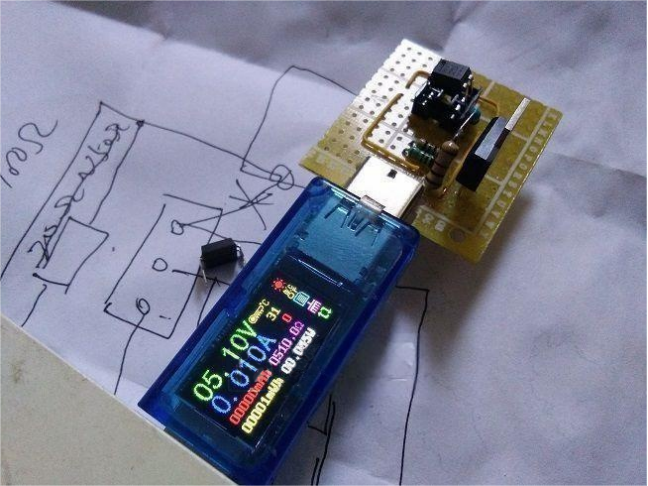
When replacing with another optocoupler, the transfer ratio is 1, or 100%. There is some variation compared to the multimeter's test, as the multimeter shows a range of 80-90%. This difference might be due to varying test currents and voltages.
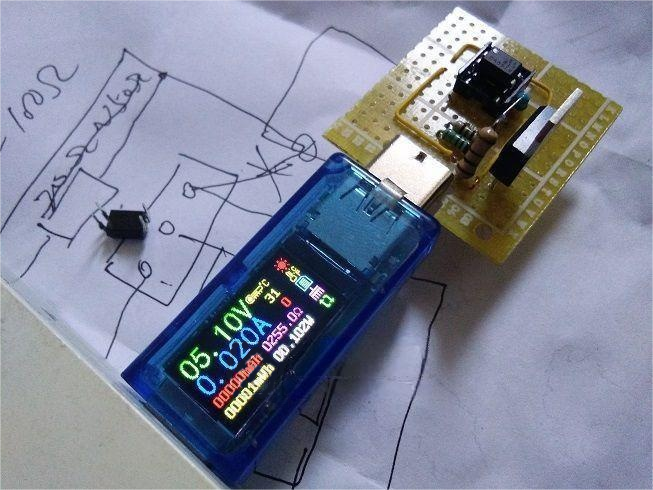
Removing the optocoupler, there's no current.
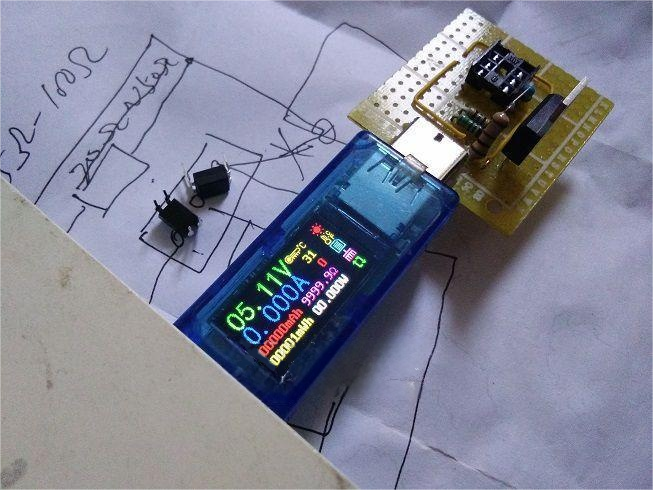
Short-circuit the primary with a wire, and the current is still 10mA.
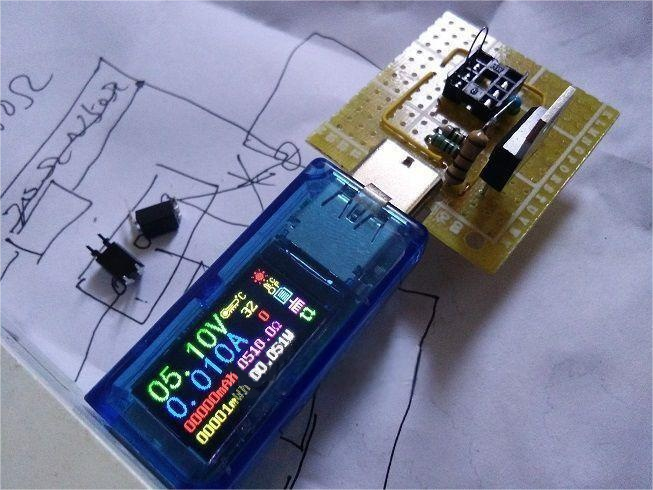
That's it!




